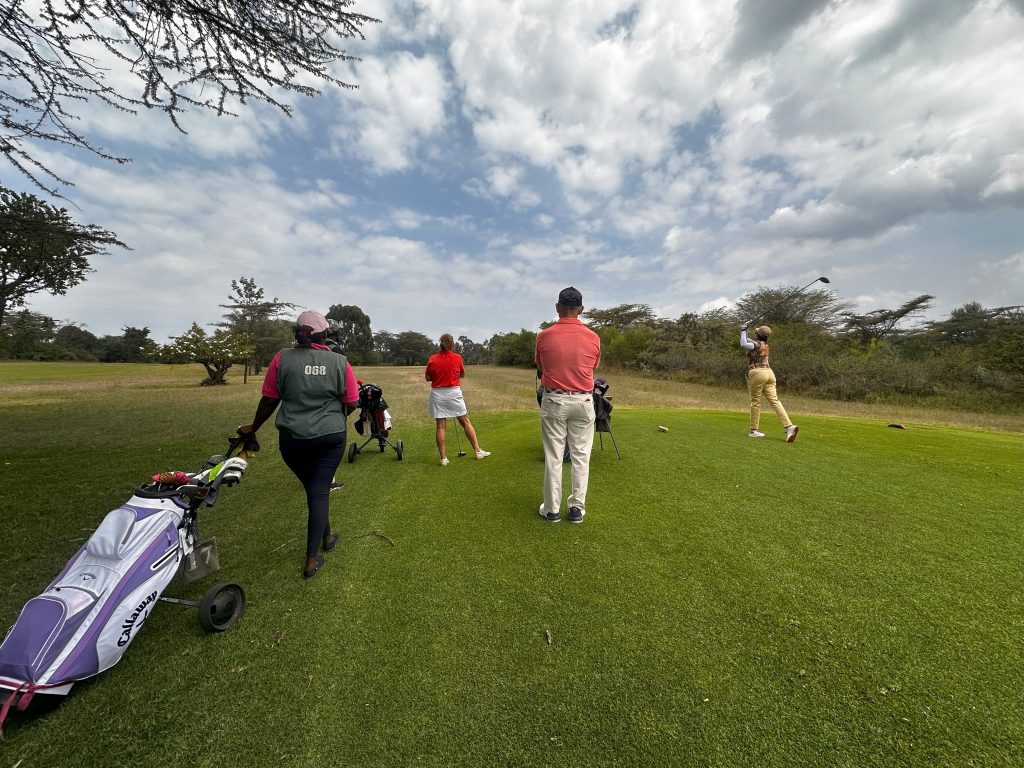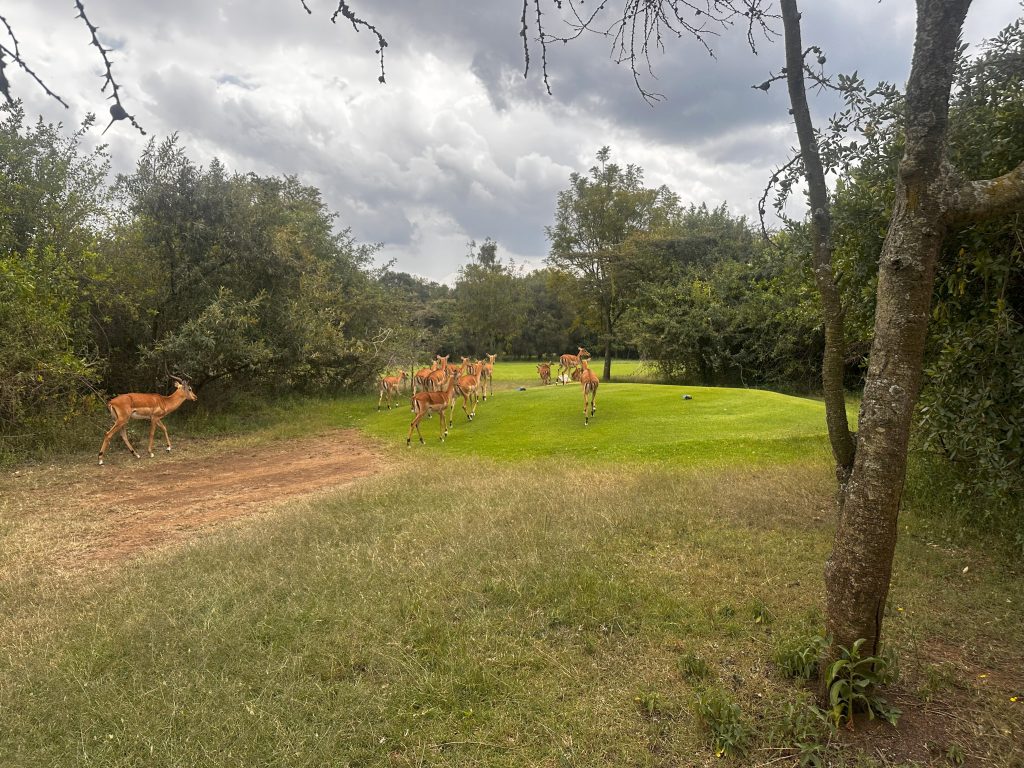Two years ago, my journey to the Great Rift Valley began as a personal commitment to adventure.
Golfers from the Women’s Congressional Golf Association, based in Washington, D.C., partnered with Twiga Golf and Designer Safari in Nairobi, Kenya, to create a golf safari trip of a lifetime. From game drives and safari sunsets to picture-perfect greens, this trip was a beautiful reminder of how far a single “yes” can take a person.

Since opening 25 years ago, the course at Great Rift Valley Lodge in Naivasha, Kenya, has become renowned as one of Africa’s most challenging and visually stunning championship courses. Perched at 7,000 feet above sea level on the slopes of a dormant volcano — Ol Donyo Opurru, which is Maa for “mountain of smoke” — the course offers unspoiled scenery in every direction. Golfers are treated to sweeping 360-degree views, from the shimmering expanse of Lake Naivasha to the jagged crater of Mount Longonot, the Ebburu Hills, and the distant shoulders of the Aberdare Mountains and Forest. It’s an ideal retreat as temperatures typically range between 60 and 90 degrees.
The lodge is a 90-minute drive or short air transfer from Nairobi, and is an ideal safari stopover between Maasai Mara and Samburu, two of Kenya’s most famous game reserves. Just one hour north is Lake Elmenteita with the neighboring 48,000-acre Soysambu Conservancy, which hosts the stunning Flamingo migration and views of Sleeping Warrior Mountain. A game drive in the Soysambu may include seeing a plethora of exotic animals such as waterbucks, impalas, elands, warthogs, crested cranes, guineafowl and a variety of plovers.
At Great Rift Valley, golfers typically share the course with warthogs, impalas and zebra and the lodge even promotes that “golfers give right of way to the wild animals who have taken residence on the lush fairways and tiny islets in the ponds.” There is rich birdlife on the course, as well.

On our group’s visit, as we warmed up at the range, there were a dozen warthogs hanging out at the 200-yard sign. The most silent of spectators were the herds of impala on the front nine. Walking with a caddy through the manicured landscaping, each hole is an individually designed oasis. The transition paths in the rough and general area were a popular gathering spot for these herbivores. And sometimes, they found their way across the fairway, which was a perfectly acceptable way to slow down our ready-golf play.
The 6,580-yard course is winds around the Great Rift Valley Lodge with walking and bike paths on the flank. And tucked away the fairways are privately owned homes and overnight accommodations. The course boasts contoured greens and indigenous Kikuyu grass, all well-watered and lush throughout the year. Each of the holes is well-bunkered and there are five water hazards — ponds with ample lilies — throughout. The expansive greens rolled well when not there were not smatterings of zebra droppings.
The 654-yard, par-5 17th was a favorite hole. What makes this so challenging is the slight change in terrain that is just the beginning of a dropoff to a split-level fairway with the green further below.
Following our round, the 18th hole offered a glorious view of the Sagitta Restaurant, and a debate ensued. Was that view better than what we witnessed from the 19th hole patio deck, which was the nearby 18th green that had the Aberdare Range and vibrant Naivasha birdlife as a backdrop?
Either way, golfers cannot go wrong.
